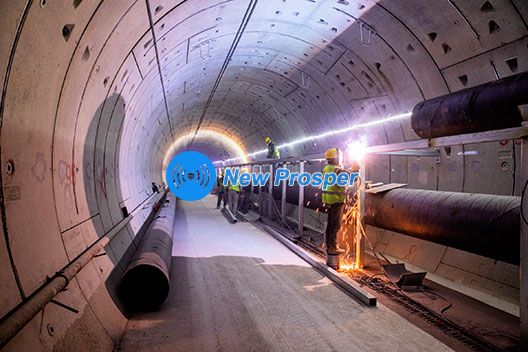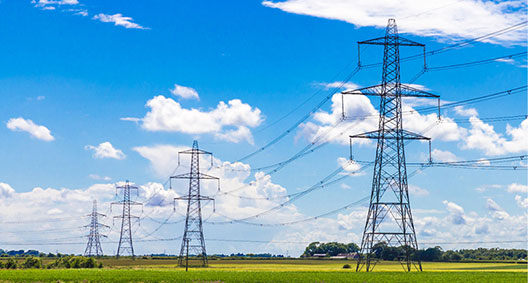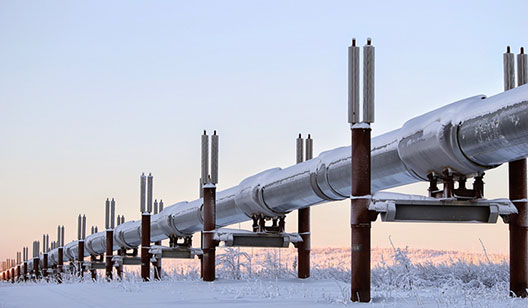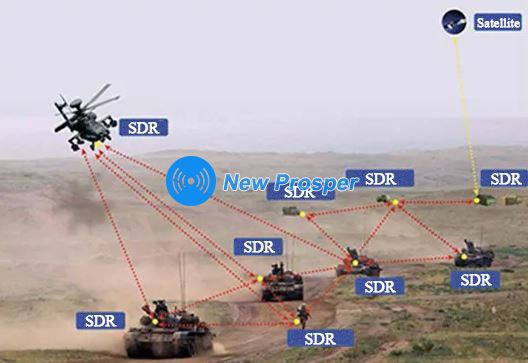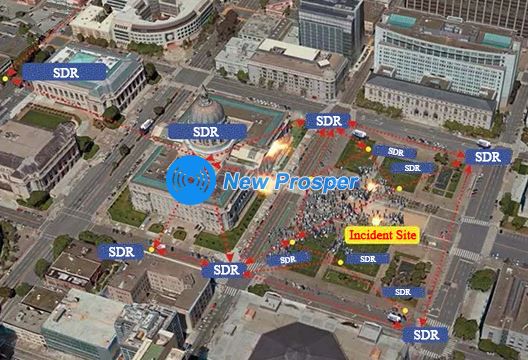Tunnel construction often faces complex environments characterized by"depth, length, and curvature." Concrete and rock walls several meters thick completely block traditional public network signals, while walkie-talkies have a communication range of less than a hundred meters. Kilometer-long curved sections become"signal dead zones." Issues such as loss of communication between construction personnel and ground command, inability to transmit equipment data back in real-time, and delayed response to emergencies severely constrain construction efficiency and safety. Leveraging strong penetration frequency bands, wireless mesh networks break through tunnel communication barriers, enabling stable and uninterrupted transmission of equipment data even over kilometer-long curved sections, becoming the"communication lifeline" for tunnel construction.
I. Communication Dilemma in Tunnel Construction
In mountain tunnel and urban subway tunnel construction, poor communication has become a major obstacle:
1. Difficulty with Signal Penetration: Concrete and rock layers cause severe attenuation for traditional 2.4GHz/5GHz frequency bands. Signals are basically interrupted beyond a excavation depth of 500 meters, and curved sections become completely"isolated."
2. Inability to Transmit Data Effectively: Equipment like shield tunneling machines and monitoring sensors inside the tunnel generate large amounts of real-time data (e.g., tunneling parameters, surrounding rock settlement data). Traditional narrowband communication cannot meet these transmission demands, easily leading to delayed warnings for equipment failures.
3. Slow Emergency Response: During sudden emergencies like collapses or water ingress, construction personnel cannot promptly contact ground command, hindering the relay of rescue instructions and potentially missing the critical window for effective intervention.
II. SDR Wireless Mesh Networks: Four Major Technical Advantages for Tunnel Communication
1. Strong Signal Penetration: Maintains signal strength even over"kilometer-long curved sections," with no signal degradation.
2. Centerless Self-Forming Networks: Enables"zero-wait deployment" that moves with the excavation face. There's no need to lay fiber optics or build base stations. Simply deploying mesh nodes on the shield machine, construction trolleys, and at the tunnel entrance allows a network to form automatically upon power-up. New nodes added during the tunneling process can connect"plug-and-play."
3. Broadband Transmission: Allows equipment data to be"transmitted in real-time without lag."
4. Anti-Interference and Self-Healing: Ensures"uninterrupted communication" even in complex environments.
